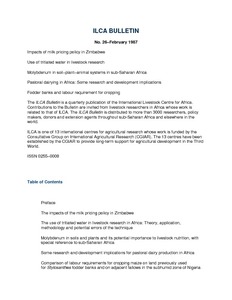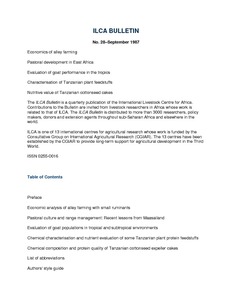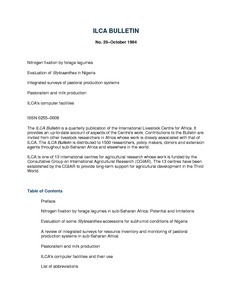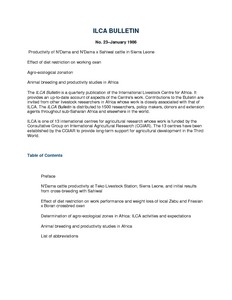IBLI—Development of the world's first insurance for African pastoralists
Insuring African livestock: Development of the world's first insurance for African pastoralist herders.
Identification of agro-pastoralists adaptation strategies to climate variability: A case study in Mopti-Mali
Identifying breeding objectives of smallholders/pastoralists and optimizing community-based breeding programs for adapted sheep breeds in Ethiopia
The aim of this thesis was to identify breeding objectives of smallholder and pastoral sheep keepers in Ethiopia (Afar, Bonga, Horro and Menz areas) and to design appropriate community-based breeding plans for genetic improvement of four indigenous sheep breeds. Information on genetics of adaptation in farm animals was reviewed. Two live animals ranking experiments approaches, own-flock and groupanimal ranking, were used to identify sheep breeding objectives. In own-flock ranking, owners paid more attention to production and reproduction performances and behavioral traits (e.g.
ILCA's monitoring activities in Kenya: Report to the Government of Kenya
Describes the monitoring Programme carried out by ILCA covering phase II of the Kenya Livestock Development Project, and the six components included. Also describes a two-tiered monitoring system consisting of intensive studies of carefully selected samples and an extensive data collection network concentrating on key indicators. Discusses initial results from the Kenya monitoring Programme.












